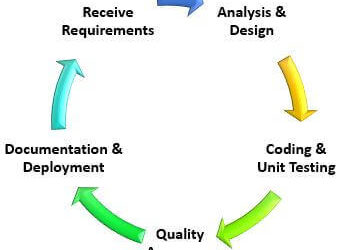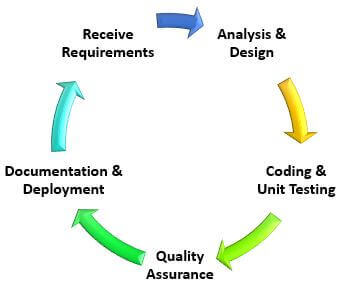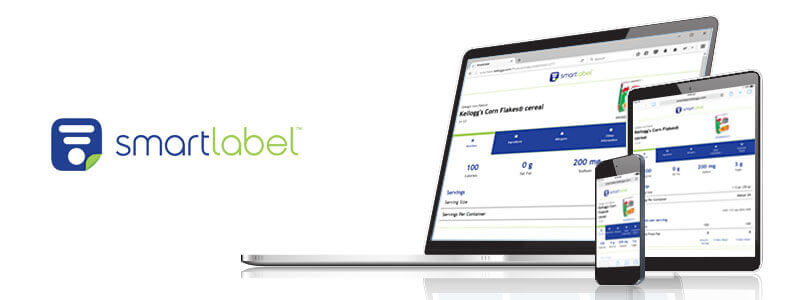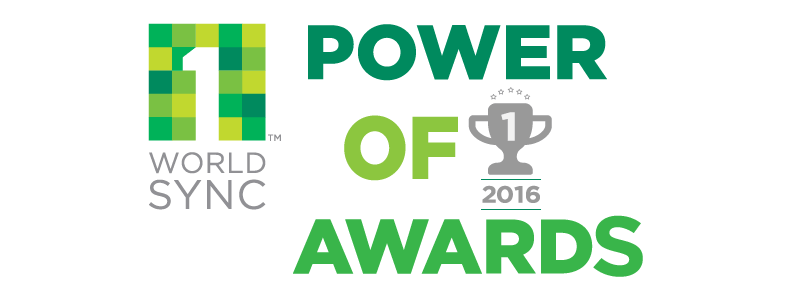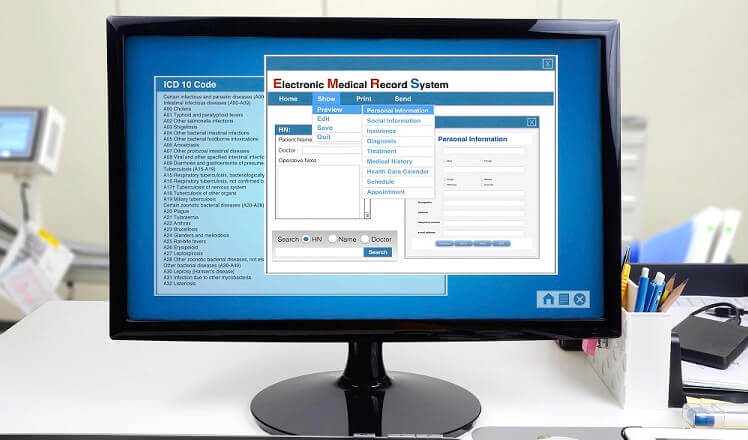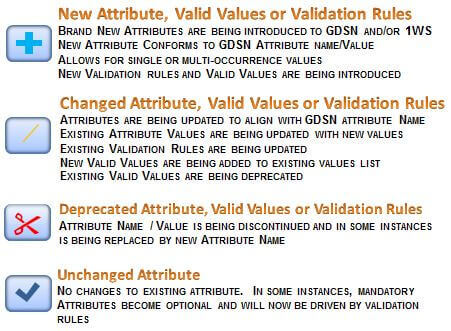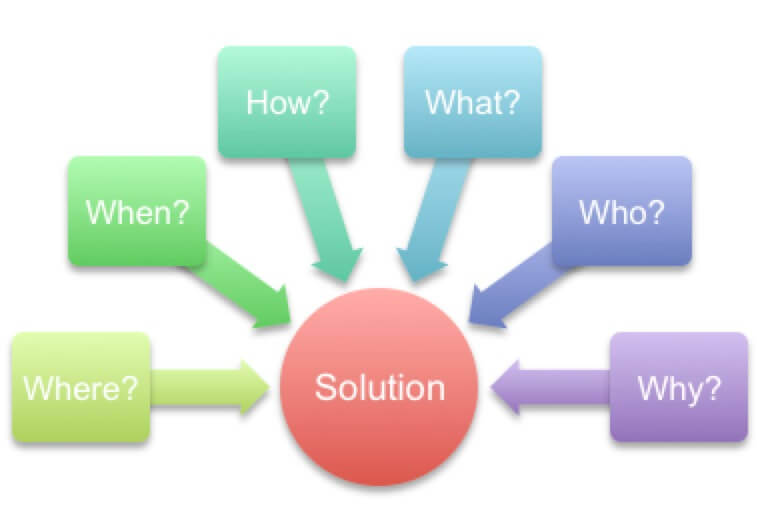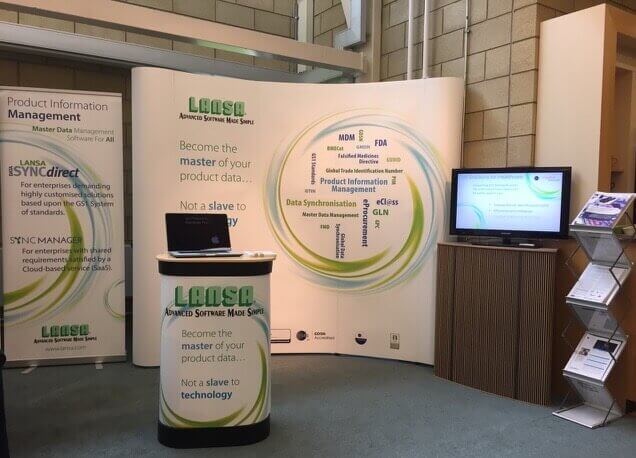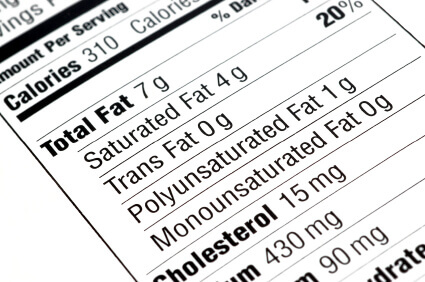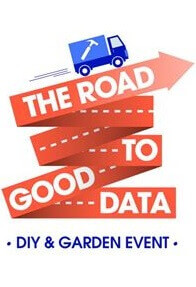In 2004, GS1 launched the Global Data Synchronization Network (GDSN) to provide a common language and set of documents to improve the exchange of product information between trading partners. The goal was to reduce the number of individual connections used to exchange master data. To achieve this vision, standards had to be developed and agreed to by the GDSN participants to ensure the data being exchanged was relevant, timely, accurate and complete.
Early adopters of the GDSN were many of the largest Consumer Packaged Goods (CPG) food and beverage suppliers, distributors and retailers. Many of whom reduced supply chain costs and increased operational efficiencies due to their participation. Widespread adoption of the GDSN caught on, so much so, that between 2004 – 2011, the GDSN grew from 74,000 Global Trade Identification Numbers (GTINs) registered and 13 countries participated to 7 million GTINs registered and 132 countries participated.
Fast forward to 2017
Over 22 million GTINs are registered in the GDSN with more than 3000 attributes available to be associated with each trade item. To say accessing, managing, storing and exchanging data today is easy would be a gross simplification.
As adoption of GDSN standards has grown, so have the expectations of the type of product information trading partners are required to provide. Complexity has increased as new industry sectors and markets – Hardlines, Foodservice and Healthcare – across the world leverage GDSN standards. Regulatory requirements such as EU 1169 food regulation, the Food and Drug Administration (FDA) Unique Device Identification (UDI) rule and subsequent launch of the Global UDI Database (GUDID), have also increased the demand for product information to protect consumers and ensure patient safety.
Moving the needle
Today, the GDSN community is comprised of retailers, suppliers, distributors, member organizations, and solution partners working together to vet and approve business requirements as they relate to new industry initiatives and regulatory mandates. Once approved, they are translated into standard technical requirements to better serve the entire market. Requirements include common code lists, validation rules and implementation guidelines that assist in increasing the quality of data that is exchanged via the GDSN.
Some of the key GDSN general implementation guidelines that have been developed are:
- Trade Item Implementation Guide
- Packaging Measurement Rules
- Product Image Specification
More information on the implementation guidelines can be found on the GS1 website.
A proven track record
Over the last 13 years, the GDSN has brought many business benefits to participants. The network has:
- Simplified global trade
- Provided uniform terminology, common business rules and implementation guidelines
- Facilitated global interoperability for exchanging product information
- Improved data accuracy and completeness
- Aided in meeting regulatory requirements
- Reduced resources required to support master data management
- Provided the entire supply chain and consumers with consistent data
Community participation is critical to the development of quality GDSN standards to support the changing business environment. By participating in the GDSN standards development, your company has a voice in the evolution of the future of the GDSN and ensures your company and industry requirements are being met.
Participating in the GDSN can also boost consumer confidence in your data. Consumers expect product information at their fingertips and data to be accurate when making their purchasing decisions; whether it be online or in the store. Trusted data ultimately has an impact on brand perception and trading partner success. That is why we believe that GDSN standards matter.
Choose wisely
For companies considering participating in the GDSN, it is important to have personnel within their organizations who have an understanding of the GDSN standards or partner with organizations like 1WorldSync and LANSA who can assist them in implementing these standards for their organization. LANSA Data Sync Direct is a Product Information Management (PIM) solution built on GDSN standards and remains compliant by building the updated requirements (attributes, code lists, validation rules) into the solution to simplify the process for our customers.
For more information on how to get involved with GDSN standards development, contact us or click visit the GS1 website.





